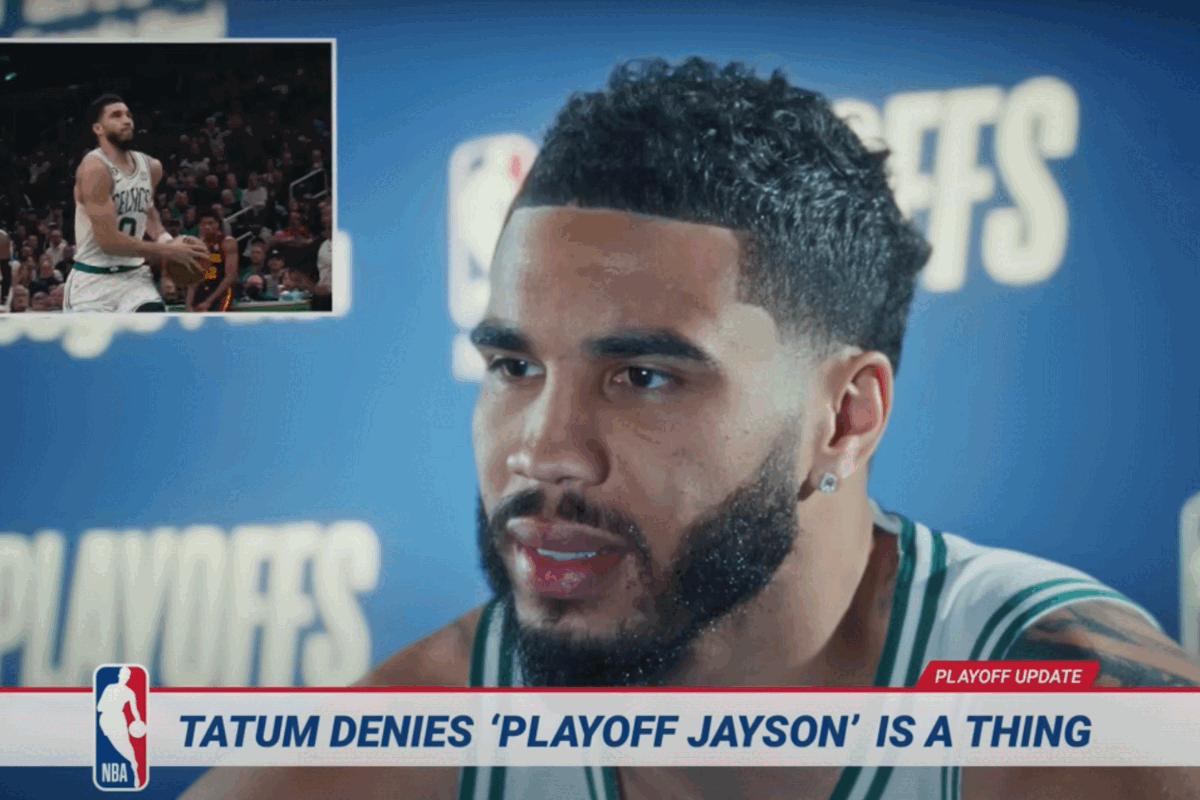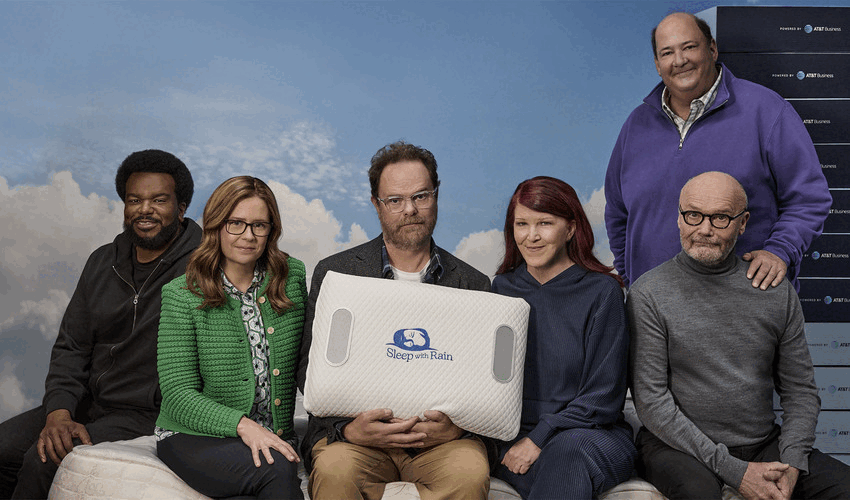Brands are held accountable by consumers for content they are adjacent to – report
- Monday, January 23rd, 2023
- Share this article:

Magna Media Trials, the proprietary research offering from IPG Mediabrands Magna, in partnership with Channel Factory, has released the findings of a study titled ‘Quantifying the Grey: The Nuances of Questionable Content.’ The study looked at the impact of misaligned content on the effectiveness of ads seen alongside it. It explored the nuances in video types, and how they relate to consumers’ perceptions of the brand that is advertising against this content. Notably, the study pointed out that brands are held accountable for the content they appear next to, which was clear in all three markets studied.
The study also found that blocking entire categories is not the answer, as perceptions of content differ by consumer. It explored content that may or may not be aligned with individual brand values as it pertained to brands across a variety of verticals and markets.
The study recruited about 3,104 participants across the UK. Participants were regular users of a popular social media video app, and they were driven to a controlled mobile version of the app to watch content, with a 15-second pre-roll test or control ad delivered, based on randomisation. A post-exposure survey was delivered to participants to measure impact on brand KPIs, and also included a POV section to understand content perceptions. The types of content served spanned auto, entertainment, gaming, learning and sports. The research studied brand ads and control ads across the following industry verticals: Apparel, Beverages, Financial Services, Quick-service, Technology and Toys.
The study found that brands have the most to lose with Gen Z Adults and Millennials: Purchase intent decreased by 7 per cent for Gen Z and 5 per cent for Millennials when the brand ran ads against questionable content vs. standard content.
It also revealed that brands are held accountable for content they are adjacent to. 49 per cent of UK consumers agreed a brand was supporting the content their ad was adjacent to. Consumers have become savvier about the advertising ecosystem as well and shared that they felt an ad being shown before the video had some sort of direct correlation with the brand.
When content is questionable, it prevents the message from sticking, and persuasion metrics also take a hit. In the UK, consumers had stronger message association adjacent to standard content (+14 pts) versus ads adjacent to questionable content (+4 pts). Persuasion metrics like purchase intent and search intent had brand relevance (+5 pts and +11 pts, respectively).
What’s OK for one brand may not be for another. Perceptions of appropriateness vary by brand; while questionable content feels most inappropriate for the Toy (26 over index) and Financial Services (11 over index) brands, it’s less likely to be perceived as misaligned for the Beverage (indexed at 86) and Quick -ervice brands (indexed at 78).
Finally, the study found that in a professional environment, brands should be even more cautious about suitability: When targeting a B2B audience with a B2B ad, questionable content is deemed even less appropriate, with 45 per cent disagreeing with the appropriateness of the content when it comes to B2B financial services brands, and 38 per cent for B2C financial services brands.
“Exploring the grey areas of content in online advertising was an interesting foray into the power of brand perception and how consumers are becoming savvier within the industry landscape,” said Kara Manatt, EVP, Managing Director, Intelligence Solutions, Magna “Brands need to lean into the challenges that the grey area of questionable content provides.”
You can read the full study here.















